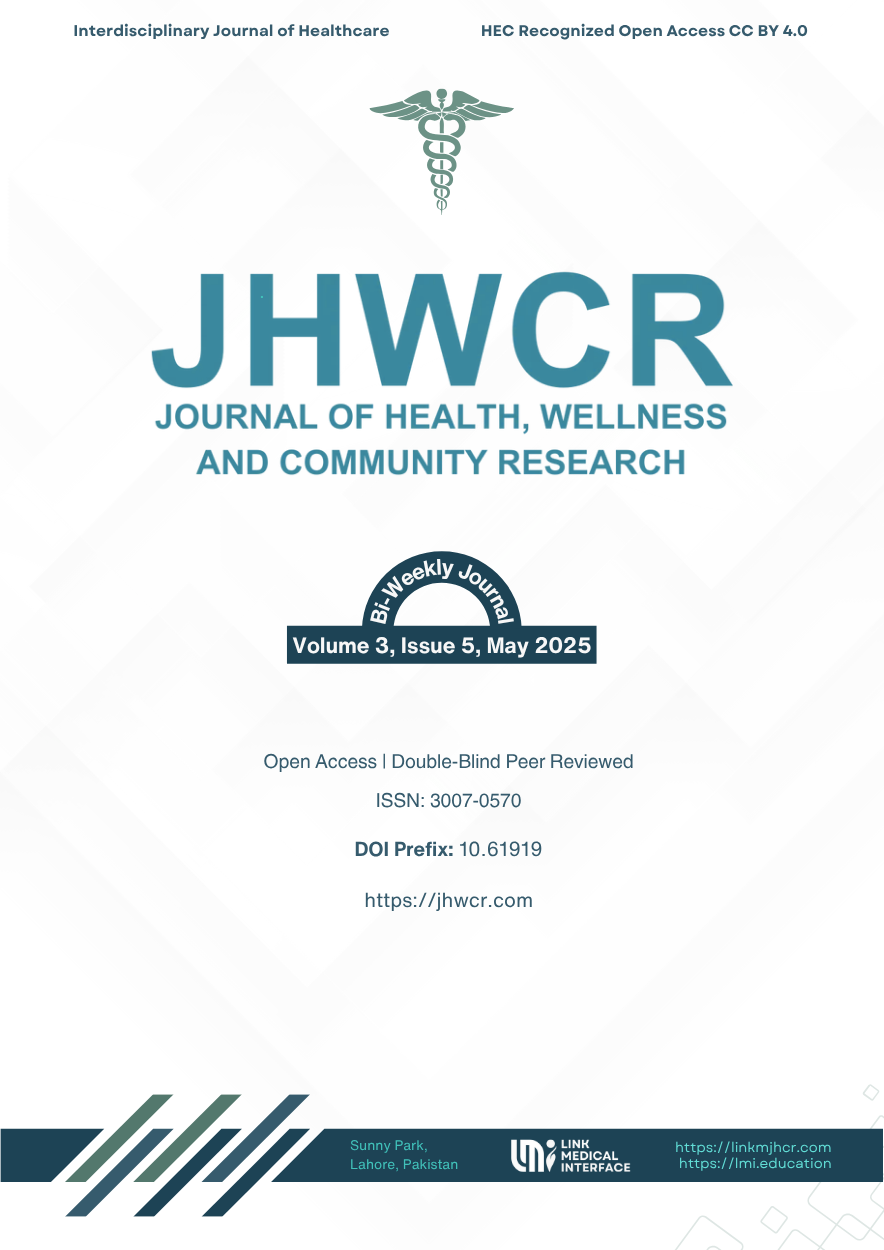Evaluating Intravenous Paracetamol and Dexmedetomidine for Peri-Operative Hemodynamic Stability, Post-Operative Delirium, and Pain in Laparoscopic Cholecystectomy
DOI:
https://doi.org/10.61919/zgq44885Keywords:
Dexmedetomidine, Paracetamol, Hemodynamic Stability, Postoperative Delirium, Pain Management, Laparoscopic Cholecystectomy, Opioid-Sparing AnalgesiaAbstract
Background: Laparoscopic cholecystectomy is associated with perioperative hemodynamic instability, postoperative delirium, and significant opioid use, yet there is a need for effective strategies to address these challenges. Objective: This study aimed to evaluate whether intravenous dexmedetomidine combined with paracetamol improves perioperative hemodynamic stability, reduces postoperative delirium, and optimizes pain management compared to standard care in patients undergoing laparoscopic cholecystectomy. Methods: In this randomized controlled trial, 100 adult patients scheduled for elective laparoscopic cholecystectomy were randomized to receive either intravenous dexmedetomidine plus paracetamol or standard anesthesia and analgesia. Inclusion criteria comprised adults aged 18–75 years able to provide informed consent; key exclusions were allergy to study drugs, significant comorbidities, chronic opioid use, or conversion to open surgery. Hemodynamic parameters (heart rate, mean arterial pressure), postoperative delirium (Confusion Assessment Method), pain intensity (Visual Analog Scale), and opioid consumption were assessed at defined intervals. Data were analyzed using SPSS v27, applying independent t-tests, chi-square tests, and repeated measures ANOVA, with p < 0.05 considered significant. Ethical approval was obtained in accordance with the Declaration of Helsinki. Results: The dexmedetomidine group demonstrated significantly lower intraoperative heart rate (72.3 ± 5.9 vs. 80.5 ± 6.7 bpm, p = 0.01), mean arterial pressure (88.7 ± 4.8 vs. 96.1 ± 5.4 mmHg, p = 0.008), lower incidence of postoperative delirium (6% vs. 22%, p = 0.04), reduced pain scores at 1 hour (3.2 ± 1.1 vs. 5.6 ± 1.3, p = 0.001) and 24 hours, and lower opioid consumption (8.4 ± 2.5 vs. 14.7 ± 3.2 mg, p = 0.007) compared to controls, all of which were clinically meaningful. Conclusion: Intravenous dexmedetomidine with paracetamol significantly improves perioperative hemodynamic stability, reduces delirium and pain, and decreases opioid requirements in laparoscopic cholecystectomy, supporting its integration into multimodal perioperative protocols for safer, faster recovery and enhanced patient outcomes.
Downloads
Published
Issue
Section
License
Copyright (c) 2025 Haseeb-UI-Rehman, Imran Mairaj, Bilal Akram, Noman Farooq, Omama Shahid (Author)

This work is licensed under a Creative Commons Attribution 4.0 International License.


